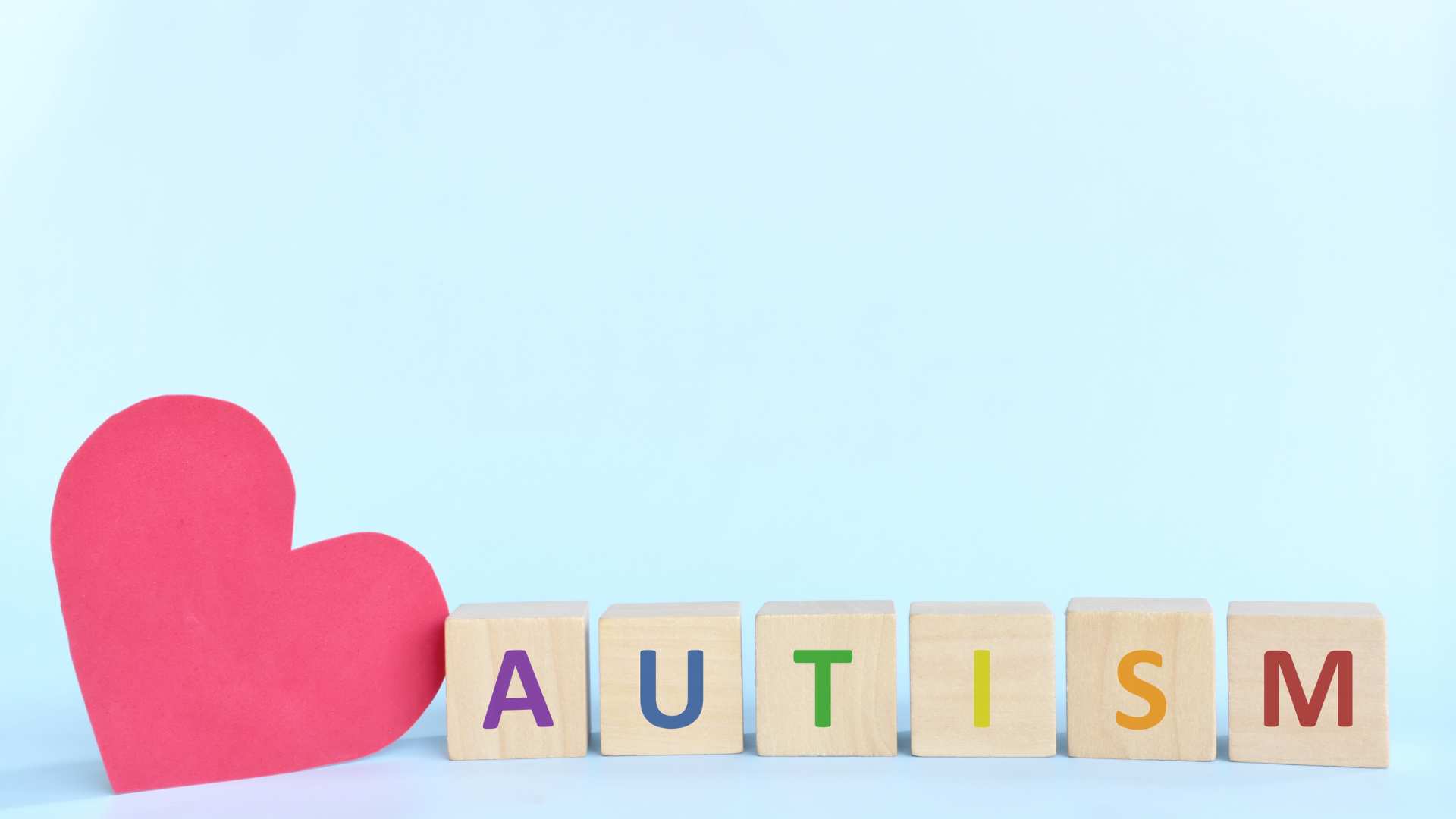Tabla de contenidos
Why is autism increasing?
The latest CDC report, released in April 2025, presents groundbreaking new autism statistics that have significant implications for communities across the United States. According to this comprehensive data, autism now affects 1 in 31 children in the United States by age 8—a notable shift that demands attention from parents, educators, healthcare providers, and organizations.
Autism, a neurodevelopmental disorder that affects how individuals communicate and interact with others, has been on the rise in recent years. The latest data from the CDC shows an increase in autism prevalence of 3.2% since their last report from 2020, 2.7%.
En Texas ABA Centers, we recognize the importance of understanding these changes in ASD prevalence. This blog explores what these statistics mean, how they’re determined, what factors contribute to changing numbers, and what resources are available for families navigating an autism diagnosis.
Key Findings from the 2025 CDC Autism Report

The CDC’s Autism and Developmental Disabilities Monitoring (ADDM) Network has been tracking autism prevalence for years, providing crucial insights into how diagnosis patterns are evolving.
This shift continues a pattern of steadily increasing identification rates over recent decades:
- 1 in 150 children in 2000
- 1 in 88 children in 2008
- 1 in 68 children in 2012
- 1 in 54 children in 2016
- 1 in 36 children in 2020
- 1 in 31 children in 2025
Moreover, the new autism statistics revealed several vital patterns:
- Gender distribution: Boys continue to receive diagnoses approximately 3.4 times more frequently than girls (49.2 per 1,000 boys versus 14.3 per 1,000 girls)
- Demographic changes: For the first time, Asian/Pacific Islander, Black, Hispanic, and multiracial children showed higher prevalence rates than white children
- Earlier identification: Children born in 2018 were 1.7 times more likely to receive an autism diagnosis by age four than children born in 2014
- Regional variation: ASD prevalence varies significantly by region, ranging from 9.7 per 1,000 children in some communities to 53.1 in others
How Autism Rates Are Analyzed
Understanding how researchers calculate and track ASD prevalence helps provide context for these new autism statistics. The CDC employs a rigorous, multi-layered approach to gathering this critical information.
The CDC’s ADDM Network collects data from 16 diverse communities throughout the United States. This network represents one of the most comprehensive autism surveillance systems in the world, providing valuable insights into how diagnosis patterns evolve across different populations.
Researchers examine both health and educational sources to identify children who meet the criteria for autism spectrum disorder, including hospital and clinic records, developmental evaluations, Special education eligibility data, and IEP (Individualized Education Program) records. This dual-source methodology offers a complete picture compared to using medical records alone, particularly for children who may not have access to consistent healthcare.
Factors Behind Rising ASD Prevalence
The steady increase in reported autism rates has raised questions about whether environmental factors might be causing more children to develop the condition. However, experts point out several other essential factors that better explain the rise in ASD prevalence:
1. Improved Recognition and Awareness
One of the most significant drivers behind ASD prevalence is our collective improvement in recognizing the signs of autism. Healthcare providers, educators, and parents have become more knowledgeable about developmental milestones and early indicators of ASD.
Now, parents are more likely to seek evaluations when they notice developmental concerns like lack of eye contact, delayed speech, or difficulty in interactions.

At the same time, pediatricians have become more vigilant in screening for autism during well-child visits.
2. Expanded Diagnostic Framework
The diagnostic criteria for autism have evolved substantially. The DSM-5 implemented in 2013 consolidated previously separate conditions into a single diagnosis of autism spectrum disorder. This update has provided an opportunity for people who were diagnosed with another condition or who were not even diagnosed at all.
3. Universal Screening Recommendations
Standardized screening for autism is now recommended for all children between the ages of 18 and 24 months, regardless of whether parents or caregivers have expressed concerns. These universal screening practices help identify children who might otherwise fly under the radar, particularly those with more subtle presentations.
4. More Equitable Access to Diagnostic Services
Si bien significant disparities still exist, many communities have improved access to diagnostic services. The changing demographic patterns in autism rates suggest diagnostic services are becoming more accessible to historically underserved populations.
Early Identification
The rising rates highlight the essential importance of early identification and diagnosis. Research consistently demonstrates that children who receive appropriate support early in development achieve better outcomes across various developmental domains, including communication, social skills, behavior, and academic achievement.
By identifying potential developmental delays or disorders at an early age, families can access the necessary resources and interventions to help their child reach their full potential.
Resources for Supporting Neurodiverse Families
As ASD prevalence continues to increase, the need for comprehensive support services becomes increasingly important. Fortunately, numerous resources are available to assist families navigating life with autism:
Applied Behavior Analysis (ABA) Therapy

La terapia ABA represents the gold standard in evidence-based autism intervention. This therapeutic approach utilizes behavioral principles to help children develop essential life skills, reduce challenging behaviors, and increase independence.
Educational Resources and Accommodations
Navigating the educational system presents unique challenges for families of children with autism. Several resources can help ensure children receive appropriate educational support:
- Individualized Education Programs (IEPs) provide tailored educational plans with specific accommodations and goals
- 504 Plans ensure that students with disabilities receive the necessary accommodations to access educational opportunities
- Parent advocacy organizations offer guidance on educational rights and effective collaboration with school systems.
State and Federal Support Programs
Government programs play a crucial role in ensuring access to necessary services:
- Medicaid waiver programs provide funding for therapy and support services
- Early Childhood Intervention (ECI) offers services for children under three years old
- Children’s Health Insurance Program (CHIP) covers diagnostic and therapeutic services for eligible families
- Supplemental Security Income (SSI) provides financial assistance for eligible children with disabilities
Community Support Networks
The journey with autism can sometimes feel isolating, but numerous community resources offer connection and support:
- Parent support groups provide emotional support and practical advice from others who understand the journey
- Autism organizations offer resources, events, and community-building opportunities
ABA Centers of Texas: Partners in Your Journey
As new autism statistics continue to evolve, our focus remains on improving identification, understanding, and support.
Meaningful progress starts with comprehensive, compassionate care. That is why at Texas ABA Centers, we provide personalized ABA therapy programs to teach positive skills, manage challenging behaviors, and promote independence.
We offer services throughout Austin, Dallas, Houston, and surrounding areas in Texas. Our services are provided at our centers or through in-home-based interventions.
If you have questions about getting an official autism diagnosis or you are exploring autism care services for your loved one, please call us at (877) 771-5725 o programa programar una consulta gratuita with our expert team.
We’re here to walk alongside you every step of the way, providing evidence-based support that makes a difference.









